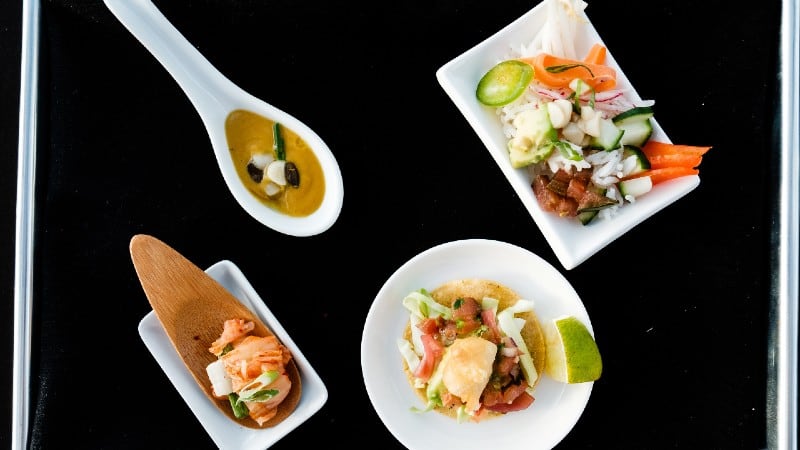CellX burst into the alternative protein scene in China and the region last year after it debuted its technology at the Brinc Virtual Demo Day and reached the finals in XPRIZE’s Feed the Next Billion contest, then made more headlines later in the year by closing US$4.3mn in funding and debuting samples of its cultured pork.
According to the firm’s Co-Founder and CEO Ziliang Yang, CellX plans to not just produce cultivated meat products in order to meet China’s food security goals, but also help the traditional meat industry to make sustainable improvements.
“At first, our short term goals will be to help the traditional meat industry by filling up the gap in protein supply that China is facing, as this is key for national food security” he told FoodNavigator-Asia.
“But in the longer term, we also hope to help the traditional industry to level up, so that they are able to produce meat via methods that are more efficient and sustainable, as this will help everyone.”
There are several cultivated meat start-ups that have started to become active in China such as Joes Future Food which stemmed out of scientific research at Nanjing Agricultural University, but CellX stands apart from most of these due to its primary focus on commercialisation and scaling up.
“Our aim is very much to be the first in the country to commercialise cultivated meat products – there are other companies that take a pure research approach, but for us we already have a solid base of technology and the focus is more on engineering to scale up and reduce costs so we can go to production more quickly,” said Yang.
“We want to move out of the lab and into the commercial production stage as soon as possible, and to do this we aim to have our production facility built and to obtain regulatory approval in 2023.
“As for actual product commercialisation, we hope to achieve this within the next two years. At this point in time, we have already reduced product costs by 10 times compared to the initial stages, but we want to bring this down further before going to market.
“Our current focus is very much on China but beyond that we are also looking at potential international markets such as Singapore and the United States.”
The firm is also working on hybrid structure products, which it also believes is the way to go at this point - These will see hybridisation from both materials (plant-based, fermentation tech, cell-based) as well as a structural (using both food processing and tissue engineering technology) perspectives.
China’s acceptance of culivated products
According to Yang, contrary to popular belief Chinese consumers are not generally scared of these novel cultivated meat products.
“It’s all about who you speak to, really – perhaps the older generations would be sceptical of these, but certainly not urban and younger consumers,” he said.
“We’ve already held some tasting events in Shanghai, and can say that consumers were excited and liked the product, showing a very strong interest to try and taste these.
“Definitely those with higher education and a more forward looking mindset are more interested, as they would be more familiar with the reasons for alternative protein, especially from sustainability, health or animal welfare viewpoints and would know and care more too.
“They would also be naturally more open to new things – and these points definitely mean that we want to target this group first as early adopters, not those more rigid in their diets or thinking.”
Challenges to surmount
That said, Yang acknowledged that to achieve all of this CellX still needs to overcome some pretty hefty hurdles.
“In the short term, of course it will be the issues of cost reduction and scaling up that we need to tackle first as these are the most crucial,” he said.
“In the long term, we still have to go through the regulatory approval process, and given how new the sector is, we’ll need to find a consistent, reliable method of proving that the products are safe for consumption.”





